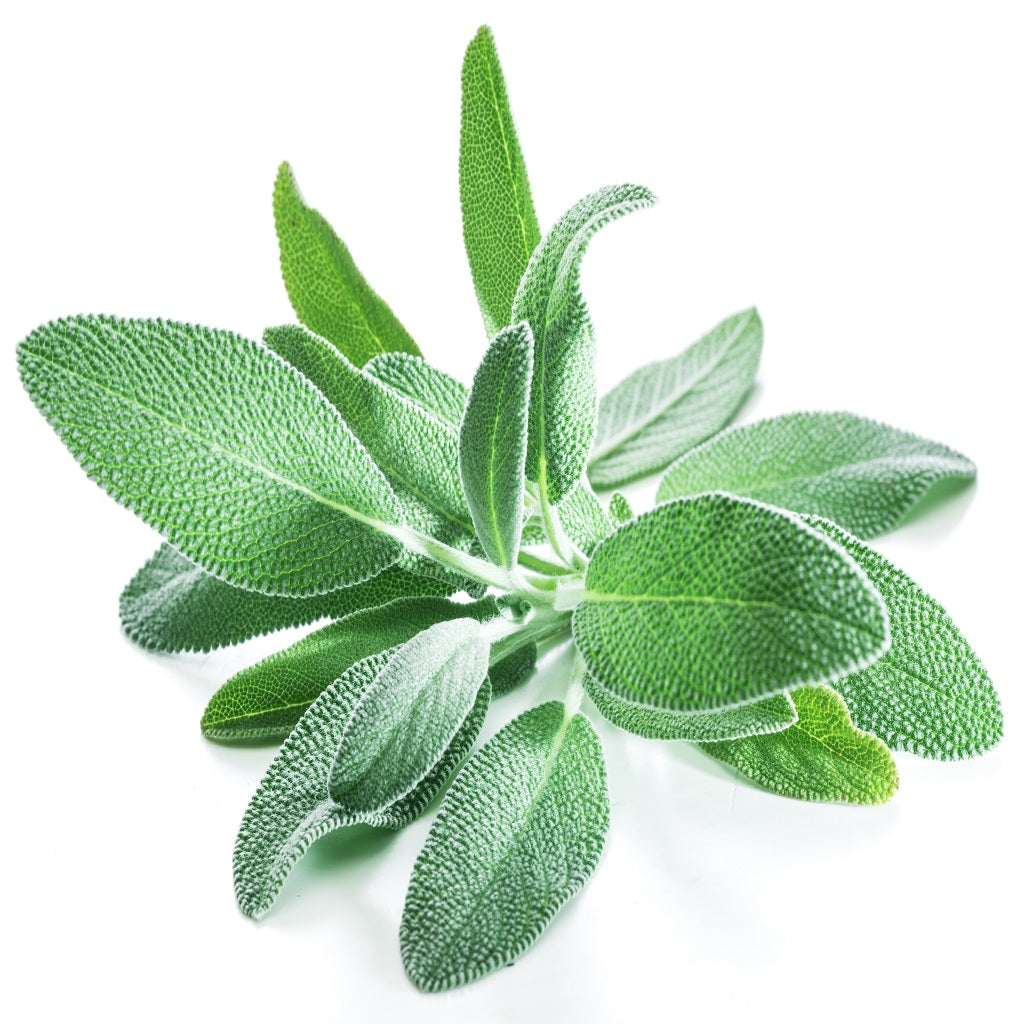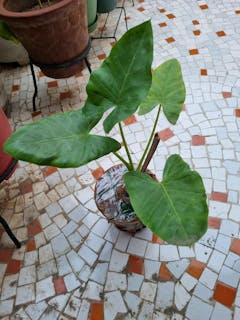Salvia officinalis
Family
Lamiaceae
Origin
Europe & Africa
Description
Sage is a perennial, evergreen subshrub, with woody stems, grayish leaves, and blue to purplish flowers.Sage has slightly stimulating properties; tea brewed from its leaves has been used as a tonic for centuries. In medieval Europe, sage was thought to strengthen the memory and promote wisdom.
Plant
Sage is a pretty, low shrub with pale, velvet-soft greyish green leaves. The oval leaves are rough or wrinkled and usually downy; the colour ranges from gray-green to whitish green, and some varieties are variegated. The flowers are borne in spikes and feature tubular two-lipped corollas that are attractive to a variety of pollinators, including bees, butterflies, and hummingbirds. The flowers can be purple, pink, white, or red and produce nutlet fruits.
Maturity
Harvest starts from 90 days
Environment
Lavender will grow in full sun to part shade and prefers a good water supply, although it will tolerate dry conditions.
The best flavour and texture is obtained from providing rich, well-drained soil and a great deal of water.
Planting & Growing Instructions
Plant seeds ¼ to ½ inch under the soil in rows 35 cm apart. Thin the borage herb to at least 35 cm when the plants measure 10-15 cm tall. Regularly apply nutrients and plant protection.
Height after growth
60 cm
Planting Season
Winters
Note
Used as seeds only and not for consumption.Seeds to be sown before expiry date

















